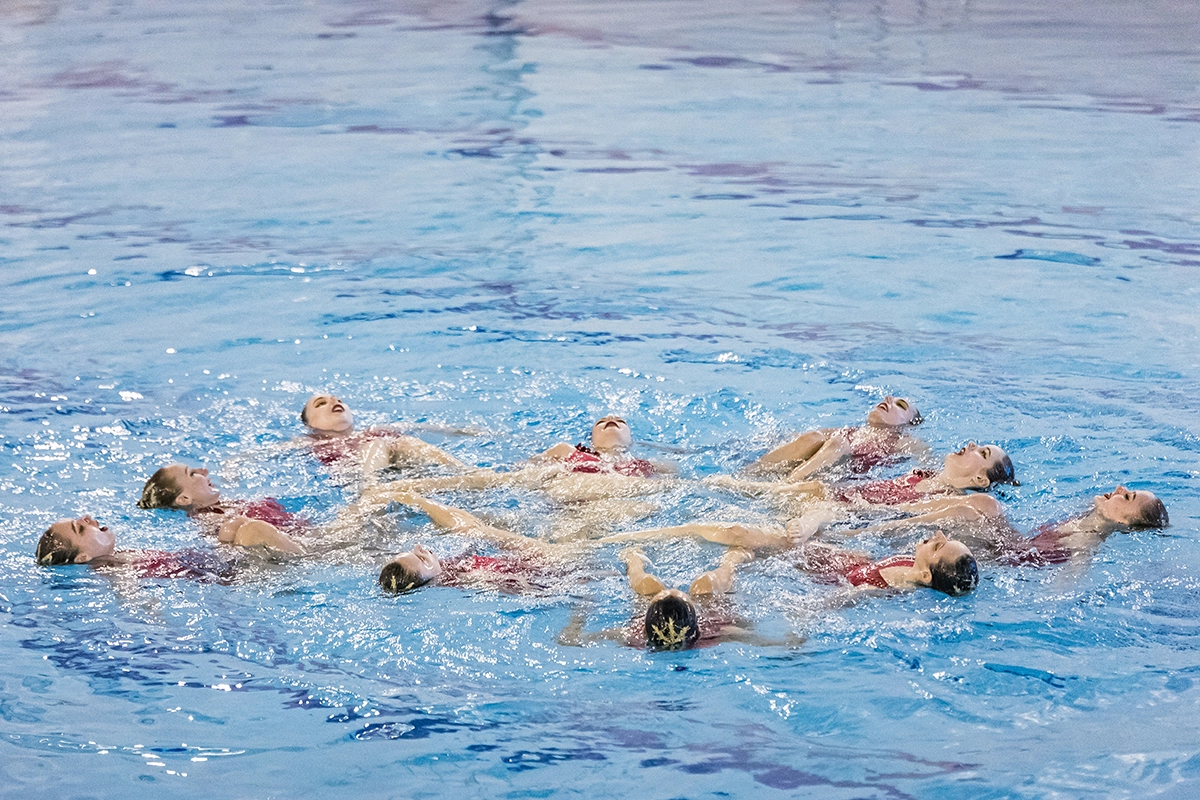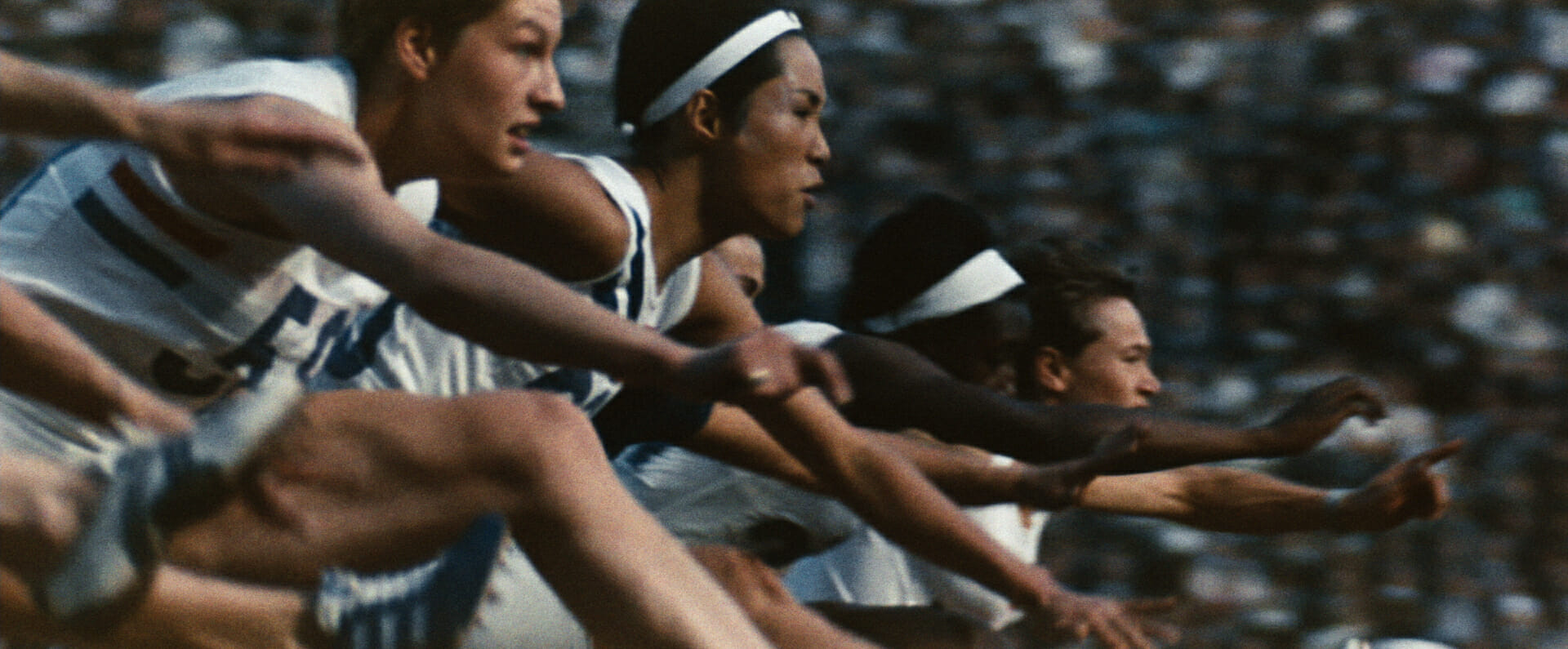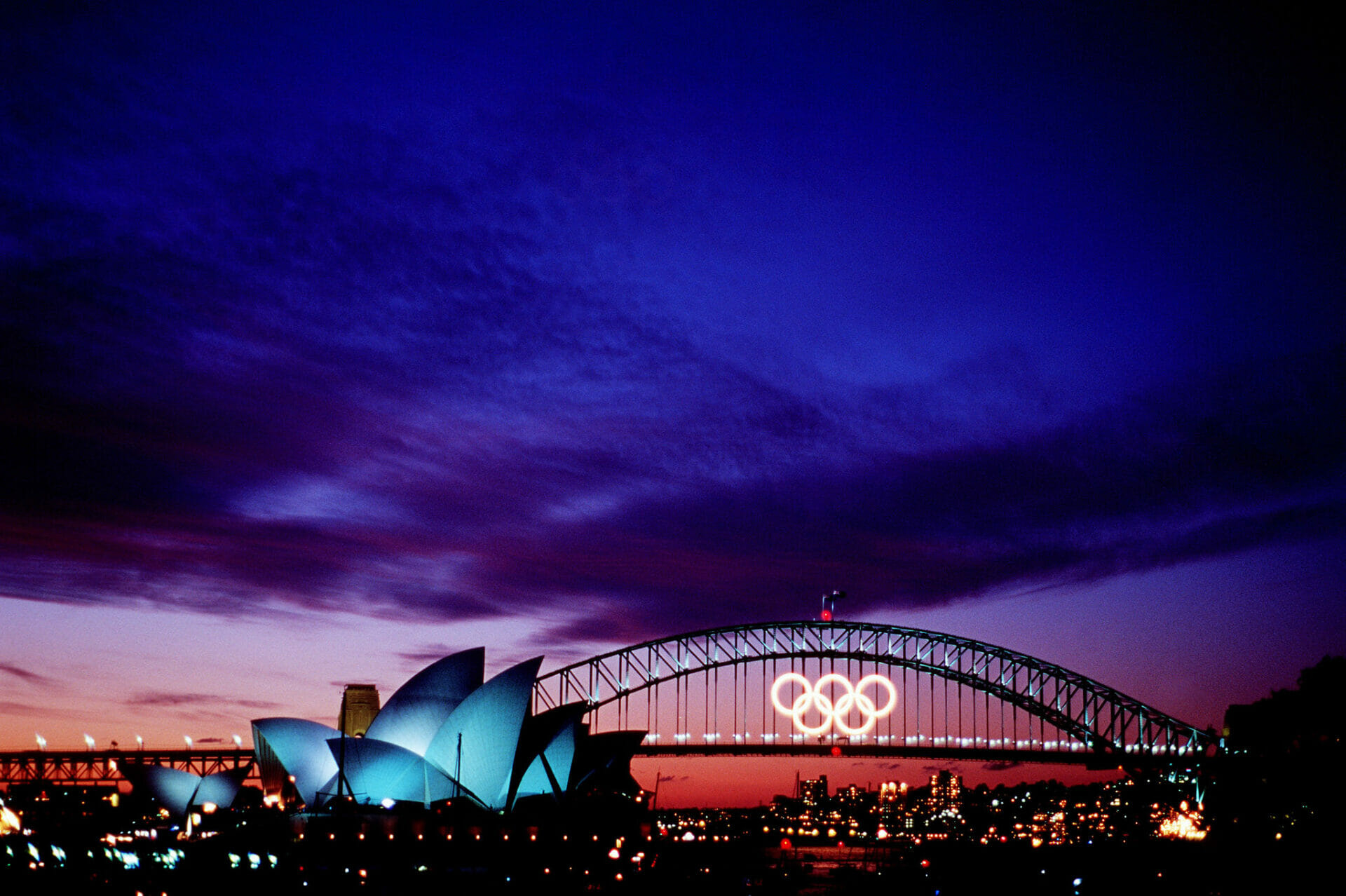
In the grandeur of Paris 2024, it’s time for one of the most captivating Olympic disciplines: artistic swimming. In the XXXIII Olympic Games, Mexico will make its debut, and to be noticed are the teams from China, the USA, Japan, Ukraine, and Spain. Among the new features, men can compete in the discipline starting this year. However, despite this change, no team will feature male swimmers.
An Out-of-Sync Change
Forty years after its inclusion in the Olympic Games, artistic swimming has taken this significant step in closing the gender gap—Paris 2024 is also the first Olympics where quota places equally to female and male athletes, #GenderEqualOlympics. Yet, this opportunity will not mark a historic moment for the discipline. Italian swimmer Giorgio Minisini will not be present, having announced his retirement from competitive swimming due to his non-selection. Likewise, American synchronized swimmer Bill May will not realize his dream at the Aquatics Centre in Saint-Denis.
Adam Andrasko, Chief Executive of USA Artistic Swimming, stated, “The team had to send the strongest squad possible to Paris. One of the complicating factors is that all eight athletes have to swim all three routines — technical, free, and acrobatic — and they can’t swap in and out depending on their individual strengths.”
Regarding this issue, Sylvie Neuville, Technical Director of the French Federation, explained: “The men have only had access to top competitions since 2015. They have a technical lag that risks penalizing them, and no country was willing to take that risk. There was no intention to deliberately exclude them. On the contrary, as soon as we work with the men, it’s like yin and yang; we feel a better harmony in a team.”

Between Sport and Art
Another novelty in the discipline is the introduction of the acrobatic routine. According to World Aquatics, this new rule challenges judges to identify and evaluate the difficulty, execution, and artistic impression of complex structures, airborne movements, and various acrobatic action combinations. This adds an extra layer of complexity and will benefit the audience.
Choreographies in artistic swimming competitions are not just about technical execution. They are designed to tell a story or evoke emotions through elegant and synchronized movements. Athletes use music, costumes, and sometimes even stage sets to create a complete visual and auditory experience, where judging is based not only on technical execution but also on the creativity and expressiveness of the routines.
Among the performances at Paris 2024, the U.S. team paid tribute to Michael Jackson by incorporating the iconic moonwalk into their technical routine. China remains at the top even after the free routine.
5 works to know if you like artistic swimming
Beyond Olympic and official competitions, artistic swimming has also dazzled on stage and on the big screen.
From musicals such as Million Dollar Mermaid with Esther Williams (1952) and Footlight Parade (1933) with its hypnotic choreography, celebrated in the Coen Brothers’ film Hail, Caesar!, to theater with O, the water-themed stage production by Cirque du Soleil: these works offer breathtaking choreography both for the incredible physical training required and for the artistic component created by the choreography of bodies and water play.
Even when staying underwater and removing movement, the show remains: everything remains suspended and ethereal, as demonstrated by the works of the American photographer Christy Lee Rogers.
Teams might also select men at Los Angeles 2028, marking a historic moment for artistic swimming. Meanwhile, the audience of Paris 2024 can continue to marvel at this spectacular discipline.










